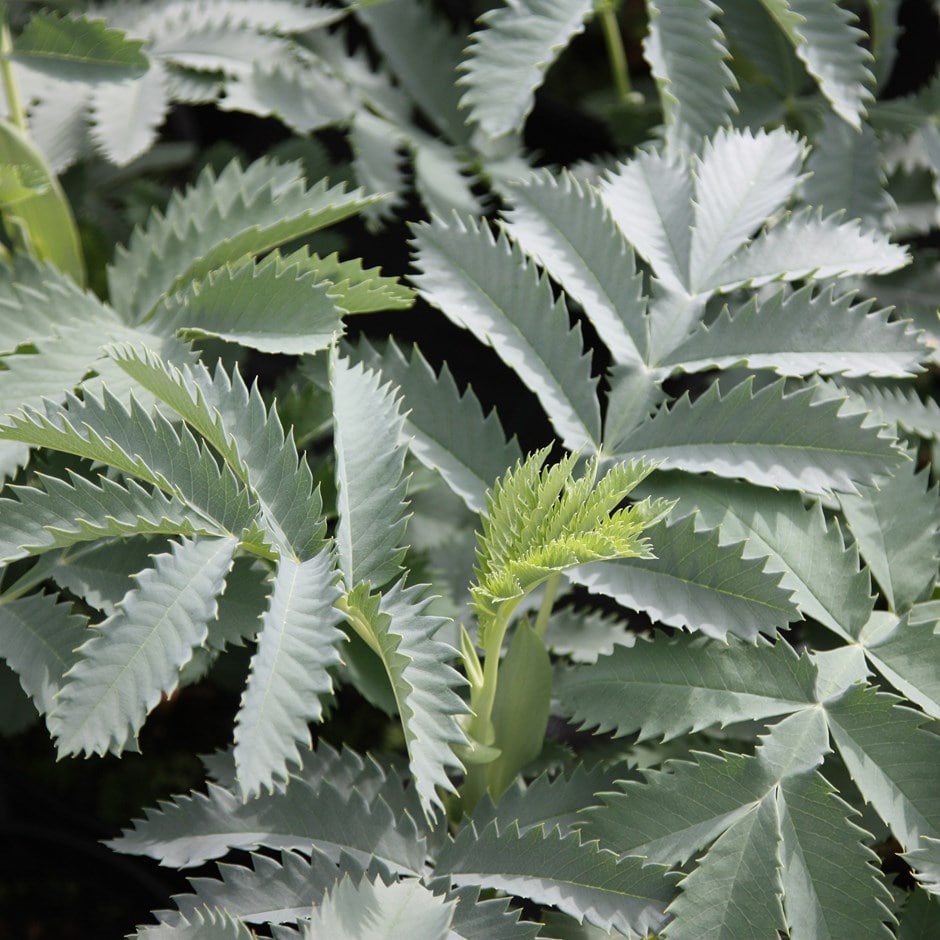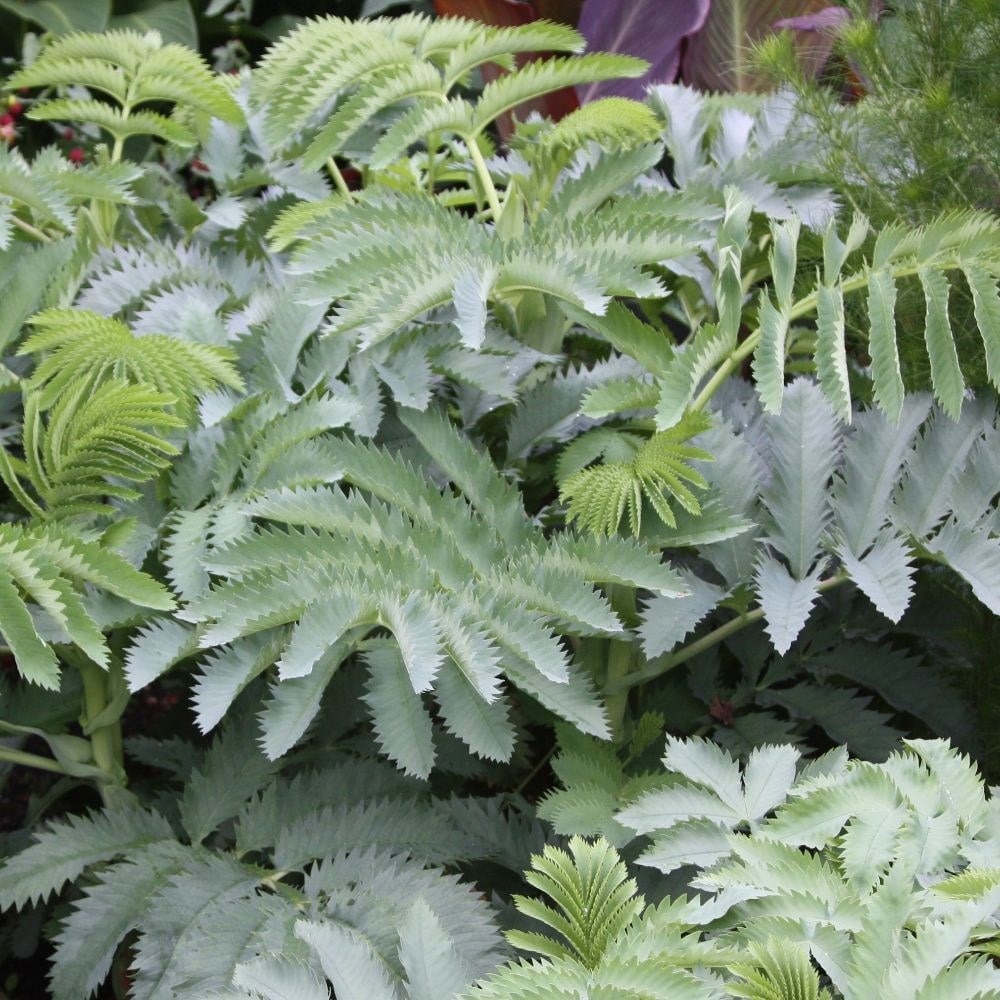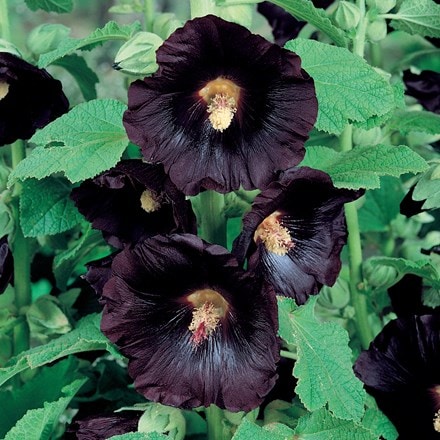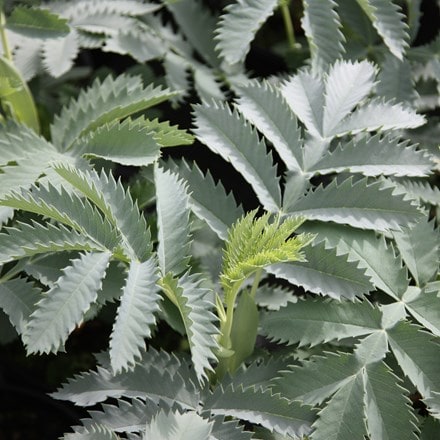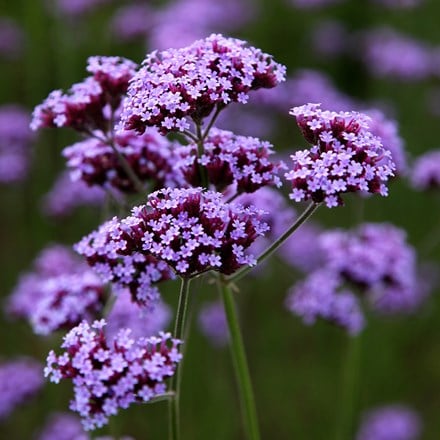Melianthus major
honey bush
- 2 litre pot
- £19.99
- In stock (shipped within 2-3 working days)
- 3 × 2 litre pots
- £49.99 £16.66 each
- In stock (shipped within 2-3 working days)
Delivery options
- Standard £5.99
- Position: full sun
- Soil: moderately fertile, moist but well-drained soil
- Rate of growth: average to fast
- Flowering period: May to July
- Hardiness: half hardy (will need winter protection)
As they unfurl in early spring, the spectacular, grey-green leaves, up to 50cm (20in) long, reveal serrated edges that look as though they have been cut with pinking shears. This dramaticly architectural perennial shrub makes a stunning specimen for a sunny border or exotic-style garden in warmer areas of the country.
Although primarily grown for its foliage, in hot summers it will often send up curious tubular, reddish-brown flowers..
To stop Melianthus major getting leggy, it is best cut back in early spring and the plant will make up to 1.5m growth in one season. To minimise the risk of frost damage it's important to provide a dry winter mulch.
It's worth keeping in mind that the honey bush is quite late into leaf in spring, so you do need to be patient, but you may be surprised by the amount of growth it will put on late in the year.
Although primarily grown for its foliage, in hot summers it will often send up curious tubular, reddish-brown flowers..
To stop Melianthus major getting leggy, it is best cut back in early spring and the plant will make up to 1.5m growth in one season. To minimise the risk of frost damage it's important to provide a dry winter mulch.
It's worth keeping in mind that the honey bush is quite late into leaf in spring, so you do need to be patient, but you may be surprised by the amount of growth it will put on late in the year.
Water frequently until established and apply a generous mulch of well-rotted manure or garden compost around the base of the plant in spring. Although it is a shrub, this plant is best treated as a perennial and cut down to within two or three buds from the base in early spring. It will shoot back from the base. Protect with a dry winter mulch of straw or bracken, especially in cold winters.
